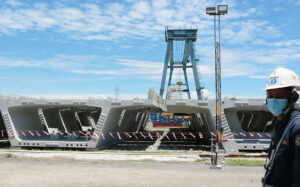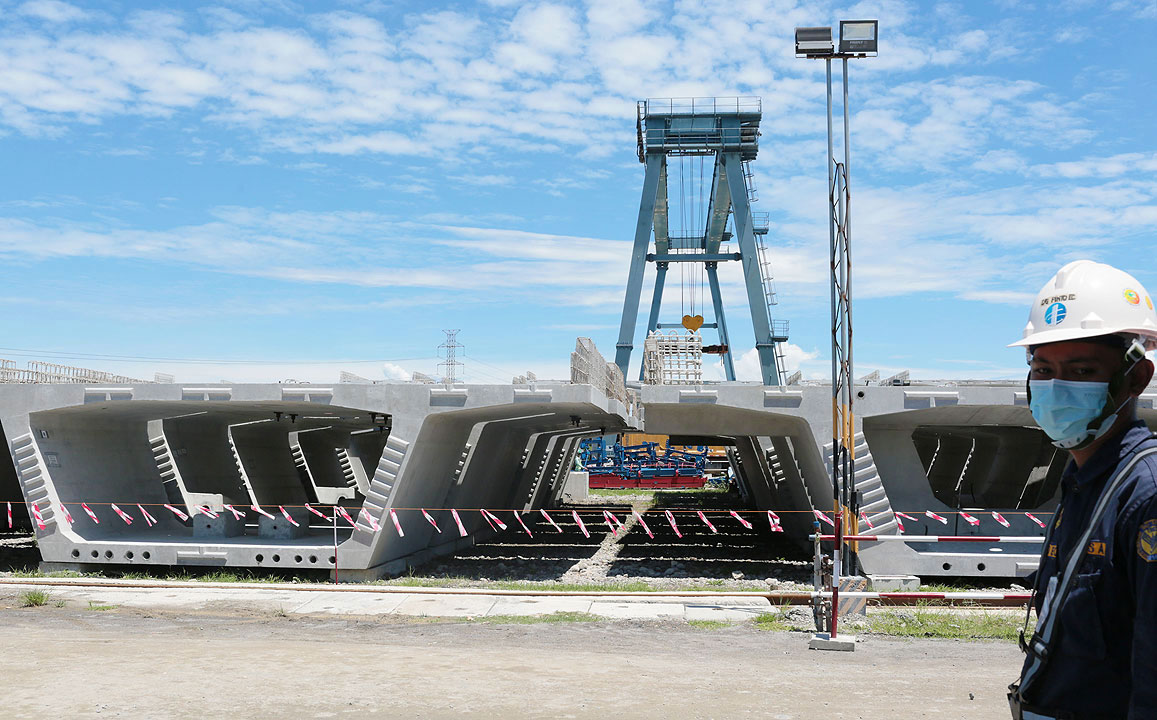
NSCR O&M auction projected to attract strong bidding interest

DOMESTIC and foreign bidders are expected to turn out in force for the operations and maintenance (O&M) contract of the North-South Commuter Railway (NSCR) project, transport analysts said.
“Roads or highways with high expected traffic will most likely be financially viable. NSCR will most likely be very attractive,” Nigel Paul C. Villarete, senior adviser on PPPs at Libra Konsult, Inc. said via Viber over the weekend.
Last week, the Department of Transportation (DoTr) officially opened the NSCR O&M contract for bidding.
According to the instructions to prospective bidders, the draft concession agreement is expected to be released on Nov. 7 while the final O&M concession agreement will be released on April 30, 2026.
Bids will be accepted on or before May 29, 2026 at 11 a.m., according to the Public-Private Partnership (PPP) Center.
Earlier this month, Transportation Acting Secretary Giovanni Z. Lopez said around five companies, including foreign ones, have expressed interest in the O&M contract.
To qualify for the project, the bidder must have a minimum net worth of P114.65 billion or its equivalent in foreign currency as of the 2024 financial year.
For consortia, the lead member of the group must have an equity interest of at least 34% of both voting and non-voting shares of the O&M concessionaire, the DoTr said.
Bidders including consortium members or affiliates must include at least one entity with 10 years of experience in rail operations, specifically in managing a rail line that handles at least 45,000 passengers per hour per direction.
Further, at least one entity must have eight years of experience in maintaining railway infrastructure and systems, including the use of a computerized maintenance management system, and another with eight years of experience in track and civil infrastructure maintenance.
“Procurement through public bidding is always anchored on getting interest from prospective investors by enticing them with a profitable rate of return coupled with minimal risk. In cases where a project has very high economic benefits but is not financially attractive (such as rail), the government may opt to subsidize,” Mr. Villarete said.
Rene S. Santiago, an international consultant on transport development and former president of the Transportation Science Society of the Philippines, expects the project requirements to be difficult to hurdle.
“The bidding is stacked against Filipino firms. Also, it would require railway O&M experience no local firm can comply with,” he said.
Philippine-based companies are capable of operating and managing the NSCR, but foreign firms may have the advantage when it comes to achieving profitability, Mr. Santiago has said.
Meanwhile, the imposition of a massive net worth qualification is expected to bring in capable bidders, Mr. Villarete said.
“Net worth is one of the qualifications for bidding. It is a measure of a company’s capability to undertake projects of that size. Construction works are paid for on a stage billing process, which means the contractor should have sufficient money to proceed with the works,” he said.
The NSCR O&M deal will cover 15 years from the signing date of the contract, the DoTr said.
The 147-kilometer NSCR will connect Malolos, Bulacan with Clark International Airport, and Tutuban, Manila with Calamba, Laguna. The P873-billion project is co-financed by the Japan International Cooperation Agency and the ADB. It will have 35 stations and three depots.
Full operations are expected by January 2032; partial operations on the Malolos to Valenzuela segment are projected by December 2027; operations on the Clark to West Valenzuela segment are expected by October 2028. — Ashley Erika O. Jose



